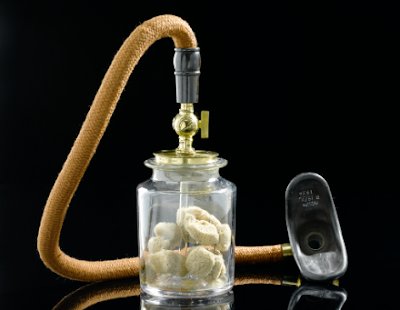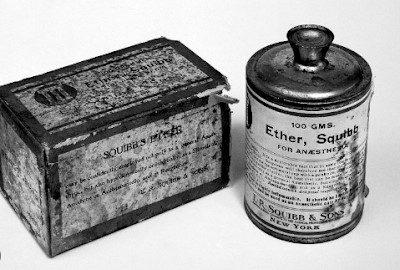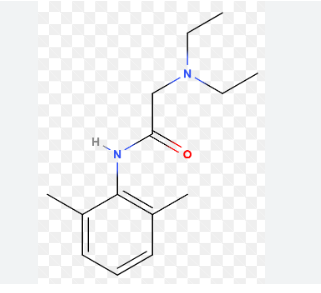Xylocaine (Lidocaine):
Xylocaine, also known by its generic name Lidocaine, is a widely used local anesthetic medication. It belongs to the class of drugs known as amide-type local anesthetics, which work by blocking nerve signals in the body. Xylocaine is available in various formulations and strengths, offering versatility in its applications. Let's explore the uses, side effects, dosage, and other essential information about Xylocaine (Lidocaine).
What is Xylocaine (Lidocaine)?
Xylocaine, or Lidocaine, is a medication used to numb a specific area of the body to reduce pain or discomfort caused by medical procedures or conditions. It is commonly administered topically or via injection, depending on the intended use and the severity of the pain.
Mechanism of Action
Xylocaine works by blocking sodium channels in nerve cells, which inhibits the transmission of pain signals to the brain. By preventing the propagation of nerve impulses, Xylocaine effectively numbs the area where it is applied or injected, providing temporary relief from pain or discomfort.
Uses of Xylocaine (Lidocaine)
Local Anesthesia
Xylocaine is primarily used as a local anesthetic to numb the skin and surrounding tissues before medical procedures such as suturing wounds, inserting intravenous (IV) lines, or performing minor surgical procedures.
Pain Management
In addition to its anesthetic properties, Xylocaine is also used to manage certain types of chronic pain conditions, such as neuropathic pain or post-herpetic neuralgia (nerve pain following shingles).
Cardiac Arrhythmias
Xylocaine may also be used intravenously to treat certain types of irregular heart rhythms (arrhythmias), particularly ventricular arrhythmias, during cardiac emergencies.
Side Effects of Xylocaine (Lidocaine)
Common Side Effects
Some common side effects of Xylocaine include redness, swelling, or irritation at the site of administration. These side effects are usually mild and temporary.
Rare but Serious Side Effects
In rare cases, Xylocaine can cause more severe side effects, such as allergic reactions, difficulty breathing, or irregular heart rhythms. It's essential to seek medical attention immediately if you experience any unusual symptoms after using Xylocaine.
Dosage and Administration
The dosage and administration of Xylocaine depend on various factors, including the patient's age, weight, medical condition, and the intended use of the medication. It is typically administered by healthcare professionals, either as a topical cream or gel, an injection, or an intravenous infusion.
Precautions and Warnings
Allergy
Before using Xylocaine, it's crucial to inform your healthcare provider if you have any allergies, particularly to local anesthetics or other medications.
Medical History
Be sure to disclose your full medical history to your healthcare provider, especially if you have any underlying medical conditions such as liver disease, heart disease, or epilepsy.
Pregnancy and Breastfeeding
If you are pregnant or breastfeeding, consult your healthcare provider before using Xylocaine, as it may not be suitable for use during pregnancy or while breastfeeding.
Special Considerations
Pediatric Use
Xylocaine can be used in pediatric patients, but caution must be exercised regarding dosage and administration. Pediatric patients may require lower doses of Xylocaine compared to adults, and the choice of formulation (e.g., cream, gel, injection) may vary depending on the child's age and medical condition.
Geriatric Use
Elderly patients may be more sensitive to the effects of Xylocaine, particularly if they have underlying medical conditions or are taking other medications. Healthcare providers may adjust the dosage or monitor these patients more closely to prevent adverse reactions.
Storage and Handling
Xylocaine should be stored at room temperature away from moisture and heat. Injectable formulations should be protected from light and should be inspected visually for particulate matter or discoloration before use. It's essential to follow the manufacturer's instructions for storage and handling to ensure the medication's stability and efficacy.
Availability and Accessibility
Xylocaine is widely available in pharmacies and medical facilities worldwide, making it accessible to patients in need of local anesthesia or pain management. Various formulations and strengths are available to accommodate different patient needs and medical applications.
Research and Development
Ongoing research and development efforts continue to explore new formulations and delivery methods for Xylocaine, with the aim of improving its efficacy, safety, and patient experience. Emerging technologies, such as transdermal patches or sustained-release formulations, may offer novel approaches to pain management and local anesthesia.
Conclusion
Xylocaine (Lidocaine) is a valuable medication with widespread applications in local anesthesia and pain management. Its mechanism of action, versatility, and relatively low risk profile make it a preferred choice for healthcare providers and patients alike. By understanding its uses, side effects, and special considerations, healthcare professionals can ensure the safe and effective use of Xylocaine for their patients' benefit.



